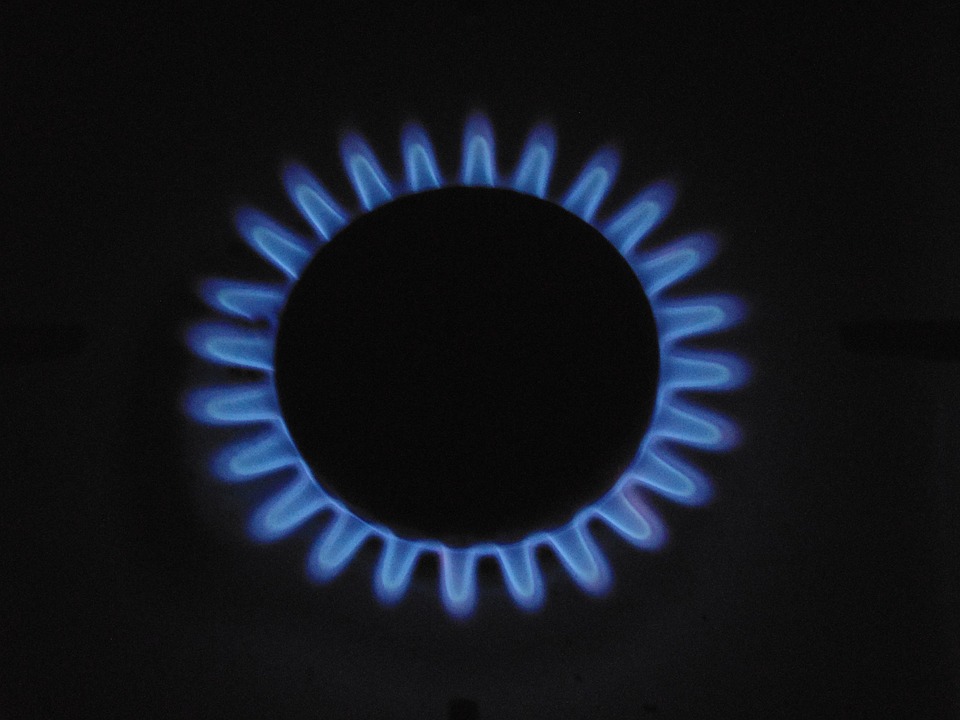California Regulator Proposes New Approach to Phase Out Use of Aliso Canyon Gas Storage Facility

The California Public Utilities Commission on Sept. 23 released a staff proposal to create a framework to replace Southern California Gas Company’s Aliso Canyon Natural Gas Storage Facility. Regulators seek a solution in place to substitute the gas facility by using non-gas-fired electricity generation, storage energy efficiency, and building electrification. Approval of the proposal could result in eliminating the facility, which came under scrutiny following a four-month gas leak from a disastrous blowout in October 2015that resulted in the estimated release of 4.62 billion cubic feet of natural gas.
The proposal stems from a proceeding initiated in 2017 pursuant to legislation enacted in 2016 that tasked the commission with determining the feasibility of minimizing or eliminating the use of the Aliso Canyon natural gas storage facility while still maintaining energy and reliability for the region. Phase I of the proceeding adopted a “scenarios framework” to guide the analysis of electric and gas rates and natural gas system reliability. Phase II modeled scenarios based on the framework to assess the facility’s impact on rates, reliability, and security while Phase III developed portfolios of resources that could be implemented to replace the facility. Subsequently, the second and third phases were combined.
Along with the proposal, the commission issued a ruling that outlines a detailed review of the second phase of the investigation. According to the ruling, currently, Los Angeles needs the Aliso Canyon Gas facility in order to reliably meet its energy demand. Alternative energy sources must be identified in order to replace the gas facility. The ruling seeks implementation proposals from utilities in response to the staff proposal.
Taking this approach into consideration, the staff proposal quantifies annual gas and/or electricity demand to be filled or reduced after 2023 in order to reduce the dependence on Aliso Canyon by 2027. This annual reduction amount is 214 million metric feet per day in gas demand, or an increase of 1,084 megawatts of non-gas-fired electric generation capacity.
Since the electricity systems and gas demands are dynamic, the staff proposal recommends a biennial assessment practice. As part of this practice, California Public Utility Commission and California Energy Commission, both would use latest supply and demand data to model the gas system. This model would enable the staff to know if the gas demand reductions are on track with planned targets. If not, the gas demand reduction target may be changed. If gas demand reductions meet the target, the staff may recommend reducing the inventory at Aliso Canyon. This iterative process would continue till the gas storage facility is phased out.
This proposal concludes with questions for utilities and other parties. The commission encourages load-serving entities in the Los Angeles area to serve testimony and respond to staff proposal questions. The proposal sets forth a schedule for written testimony setting Oct. 21 as the opening date for written testimony served.
Utilities need to furnish recommendations and other information showing how the staff proposal is going to be implemented if they are engaged to do so.
EnerKnol Pulses like this one are powered by the EnerKnol Platform—the first comprehensive database for real-time energy policy tracking. Sign up for a free trial below for access to key regulatory data and deep industry insights across the energy spectrum.
ACCESS FREE TRIAL